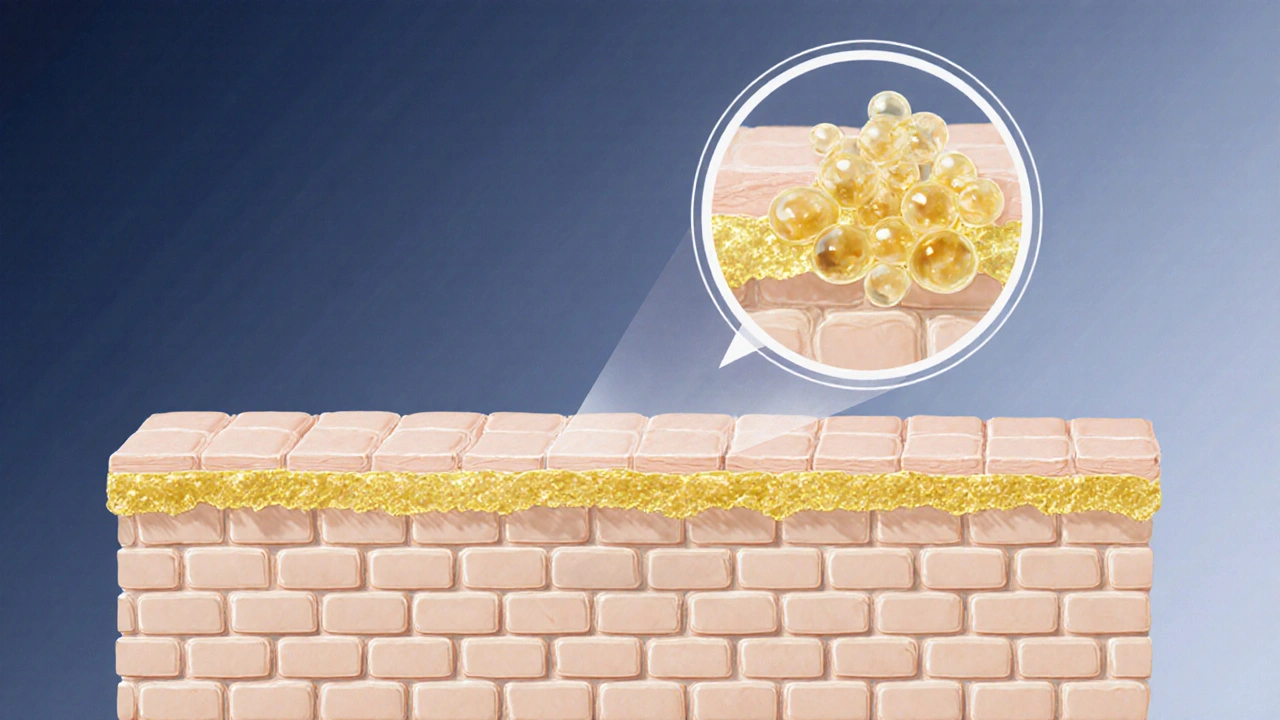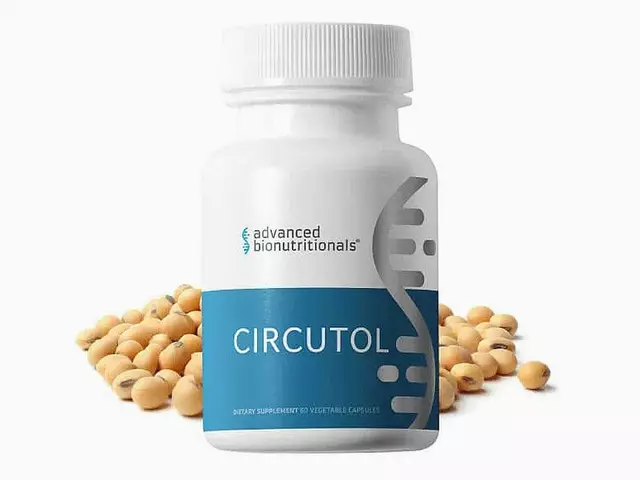Transepidermal Water Loss – What It Means for Your Skin
When you hear about transepidermal water loss, you’re really hearing about the water that slips out of your skin each day. Transepidermal Water Loss, the amount of water that evaporates through the outer skin layers. Also called TEWL, it shows how well the skin barrier keeps moisture in. This measurement covers the health of the Skin Barrier, the protective outer layer of the skin and directly influences the condition of the Stratum Corneum, the topmost layer of dead skin cells that acts as a barrier. In plain terms, higher TEWL means a weaker barrier, leading to dry, itchy or irritated skin.
The skin barrier isn’t just a single sheet; it’s a mosaic of lipids, proteins and natural moisturizers. Ceramides, cholesterol and fatty acids weave together like bricks and mortar, sealing the “gaps” between corneocytes. When these lipids drop, the barrier becomes leaky and TEWL rises. That’s why dermatologists often check TEWL when diagnosing eczema, rosacea or after harsh cosmetic procedures. A solid barrier reduces water loss, keeps pollutants out, and helps maintain a balanced pH. Think of it as a raincoat for your skin – the tighter it fits, the less moisture seeps out.
Why Moisturizers Matter for TEWL
Moisturizers, or emollients, are the most common way to lower TEWL. They work by three simple tricks: they add water (humectants like glycerin), they fill the lipid gaps (emollients like shea butter or ceramide‑rich creams), and they form a protective film on top (occlusives like petrolatum). When you choose a product with the right balance, you’re essentially patching the barrier, so less water escapes. Clinical studies show that a cream with at least 3% ceramides can cut TEWL by up to 40% in just a week. Even basic petrolatum, despite its reputation as “greasy,” creates a seal that can halve water loss for extremely dry skin.
Measuring TEWL isn’t just for labs; home devices now let you track changes after a new routine. If you notice a steady drop in TEWL readings, you’re probably repairing your barrier faster. Conversely, a sudden spike might signal over‑exfoliation or a reaction to a new product. That feedback loop helps you fine‑tune your regimen: add a barrier‑repair serum, dial back harsh acids, or boost humidity in your environment.
Understanding TEWL gives you a clear, science‑backed way to assess skin health beyond just looks. Below, you’ll find a curated list of articles that dive deeper into related topics – from the chemistry of ceramides to practical tips for choosing the right moisturizer, and even how TEWL measurements guide treatment decisions for common skin conditions. Explore the collection and arm yourself with the know‑how to keep your skin’s water lock intact.

Why a Strong Skin Barrier Stops Rashes Before They Start
- Date: 5 Oct 2025
- Categories:
- Author: David Griffiths
Learn how a strong skin barrier prevents rashes, why lipids, filaggrin, and TEWL matter, and how to choose moisturizers and habits that keep skin healthy.




